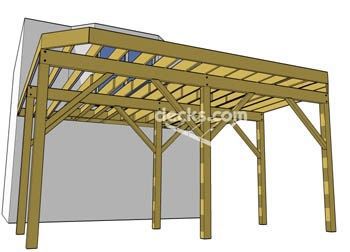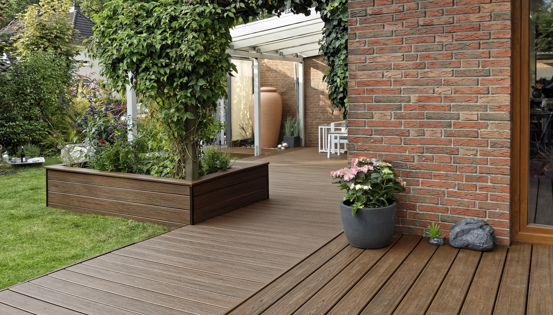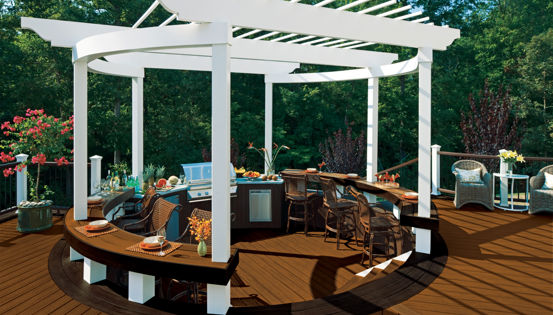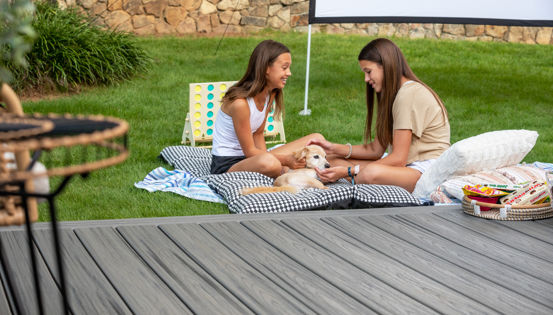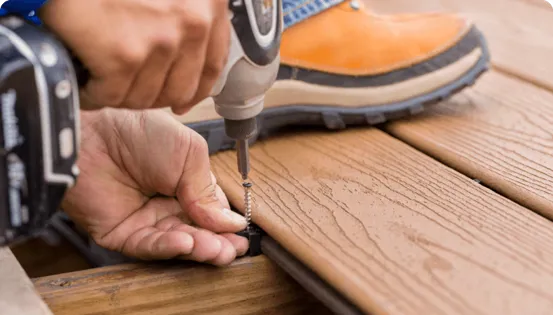You should never attach a deck to a brick wall. In other than very old homes, exterior brick walls are only a single wythe (layer) of brick veneer. Brick veneer is not designed or allowed by building codes to support anything other than the weight of the bricks above. The problem is in lateral stability. Under many building code authorities, even connecting through the brick to the framing behind is not acceptable. The brick veneer must have a minimum of a 1-inch air space between the brick and the framing, but it can be up to 4.5". A lag screw or bolt extending to the front of the brick simply cannot support deck loads at that location.
Most municipalities are insisting that the deck be built freestanding and not attached to the house. This requires each post to have bracing in two separate directions.
